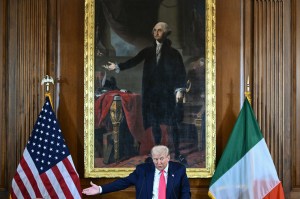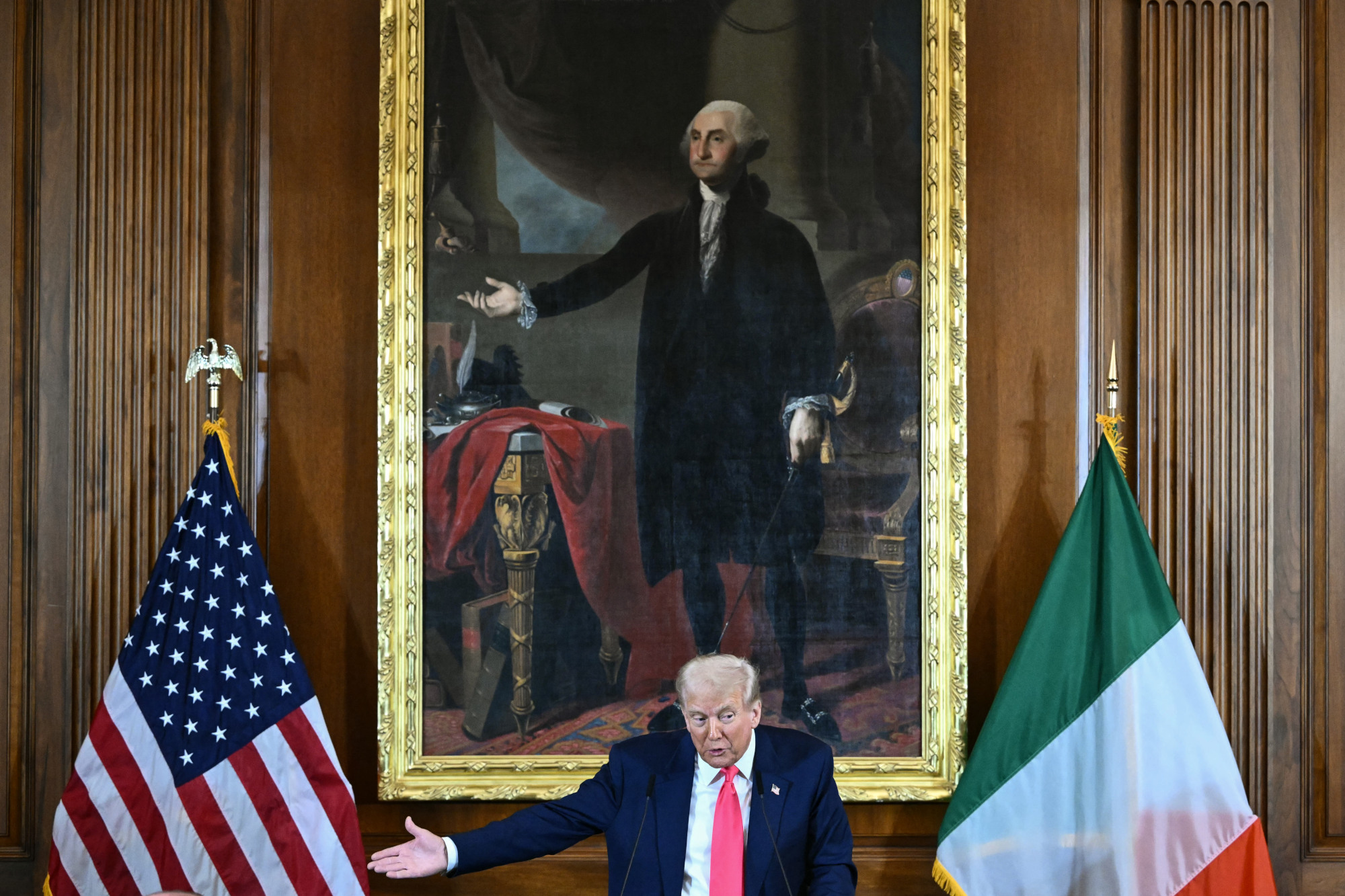Over at Patrick Kurp’s excellent blog, Anecdotal Evidence, he pushes back against readers who complain about difficult art (in this case, the poetry of Geoffrey Hill):
A reader complains that he doesn’t understand the poetry of Geoffrey Hill. So far, so good. Hill can be difficult, though I find his poems worth the effort they sometimes demand — repeated readings, a bit of research (which can pay unexpected dividends), an overall familiarity with his work, contemplation. My reader’s reaction is different: “He’s an elitist. He has contempt for readers. He thinks we should know everything he knows. He’s impossible to understand.”
The idea that every work of art we encounter should be instantly accessible, free of difficulty and ambiguity, is a strange one. How deeply self-centered. In an interview, Hill once addressed this peculiar notion, saying “the word accessible is fine in its place; that is to say, public toilets should be accessible to people in wheelchairs; but a word that is perfectly in its place in civics or civic arts is entirely out of place, I think, in a wider discussion of the arts. There is no reason why a work of art should be instantly accessible, certainly not in the terms which lie behind most people’s use of the word.”
Of course, this doesn’t mean that difficulty in art is necessarily a virtue. Kurp writes that this “is no defense of writers who seek to write like cryptographers, who take self-aggrandizing pleasure in obscurity or incoherence, and set themselves up as an elite priesthood.” (I spoke with James Matthew Wilson about contemporary poets who do exactly this.) But neither is dismissing difficult art without making an attempt to understand it.
Kurp cites Howard Nemerov’s 1959 lecture “The Swaying Form: A Problem in Poetry,” where Nemerov states:
When people are impatient with a work of art they assert their feeling in this way: “What does it mean?” Their tone of voice indicates that this is the most natural question in the world, the demand which they have the most immediate and God-given right to make. So their absolute condemnation and dismissal of a work of art is given in this way: “It doesn’t mean anything. It doesn’t mean anything to me.” Only in those plaintive last words does there appear a tiny and scarcely acknowledged doubt of the all-sufficiency of this idea of meaning — that there may actually be meanings, which one does not personally possess.
It is not the preoccupation with meaning itself that is the problem, but rather an overly simplistic understanding of what meaning is in art. Art doesn’t give us neatly packaged morals. It doesn’t tell us what to do. It doesn’t tell us to change our lives, at least not in a clear way.
Discussing race relations in the South during the Civil Rights Movement, Walker Percy once told William F. Buckley that “From a moral point of view, it’s very simple. It’s either right or wrong, and there was a lot wrong. From a novelist’s point of view, human relations are much more complex than saying the white racist is wrong and the black protestors are correct.”
What does it tell us about our appetite for ambiguity that Walker Percy could not say that today without being chased out of his local public television studio.
In other news
Lincoln Michel writes in defense of blurbs: “In some ways, blurbs are one of the few things that authors without lots of money (either their own or their publisher’s) can use to get attention.”
Will Christopher Nolan’s Oppenheimer “save” the movies? Alexander Larman writes about the decline of intelligent films:
Oppenheimer is a last throw of the dice for Nolan’s patented brand of intelligent yet accessible large-scale cinema. The Covid-19 pandemic has meant that older audiences, the traditional market for more cerebral cinema, eschew crowded theaters in favor of watching films at home, while young viewers head to the cinemas in droves: Spider-Man: No Way Home has earned $770 million at the US box office to date, thanks to audience familiarity. Meanwhile, superior but non-superhero films have all flopped: The Last Duel, West Side Story, Nightmare Alley and King Richard were all released to commercial indifference. Nolan’s Tenet made $363 million in 2020. By most standards, it would have been a hit, but its $200 million budget and huge marketing costs meant that it lost Warner Bros. money.
Idiots on Twitter are attacking Ilya Kaminsky, a Ukrainian-American poet, after misreading his excellent 2019 Deaf Republic as suggesting a cavalier attitude towards war. People should read the book, Francesca Peacock writes.
How early should children learn to read? “Many studies show little benefit from an early overly-academic environment. One 2015 US report says that society’s expectations of what children should achieve in kindergarten has changed, which is leading to ‘inappropriate classroom practices,’ such as reducing play-based learning.”
Carl Rollyson reviews a Kathleen Brady’s Francis and Clare: The Struggles of the Saints of Assisi:
The story of Francis and Clare is surprisingly modern. We learn enough about them in Ms. Brady’s narrative to appreciate their quirks and powerfully independent personalities. Sometimes their story is dramatized, which is not to say that the biographer makes up scenes or events, but from documents and testimony she is able to recreate certain days in the lives of her subjects — even if she sometimes stretches the story a little strenuously in recurring words and phrases such as “surely” and “must have been.” Such is the biographer’s intense desire to bond with her subjects. Surely — if you’ll pardon the word — that is what makes the biography so appealing.
Hedge funds are buying local television stations: “Television stations — the medium’s oldest form of distribution — hardly seem like a sexy acquisition target these days. By definition, local stations are regionally focused hubs at a time when Big Media is consumed with competing in the global streaming wars; they serve up linear live programming at a time when the on-demand revolution is upending the industry. TV stations also deviate from streaming in another important way: Most of them churn out a healthy amount of profit and free cash flow.”
Readers of this newsletter likely already know about William F. Buckley’s special relationship with Vladimir Nabokov, but if not, here is the story told once again.
Brooke Allen reviews Arthur Lubow’s Man Ray: The Artist and his Shadows:
Man Ray (1890–1976) is a peculiar choice for the Yale University Press’s “Jewish Lives” series. Not that he wasn’t Jewish; in fact, his early life followed a traditional course for American Jews of his generation. His parents, Melach Radnitsky from Kiev and Manya from near Minsk, had an arranged marriage and met for the first time on their wedding day, the day Manya arrived on American soil. They settled in Brooklyn, where Emmanuel Radnitsky attended Boys’ High, an excellent school whose alumni rolls later included Norman Mailer, Isaac Asimov, and Aaron Copland. While not particularly observant, the Radnitskys gave Manny a traditional bar mitzvah. But he was having none of it. “I abhor all biographical facts,” he said later in life, “consider them useless and distracting from one’s accomplishments.” He and his brother urged their parents to anglicize the family name to Ray, and Manny became Man Ray. The upwardly mobile Melach and Manya were more than happy to become Max and Minnie Ray, but they expected the close family relationships typical of Jewish immigrants to persist as their children grew up. His siblings were compliant, but Man Ray withdrew almost totally from the family, apparently seeing such ties as compromising his vital independence as an artist.

























